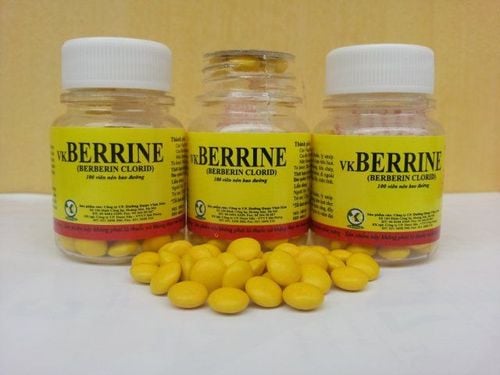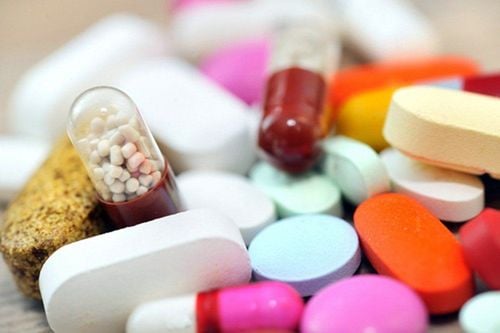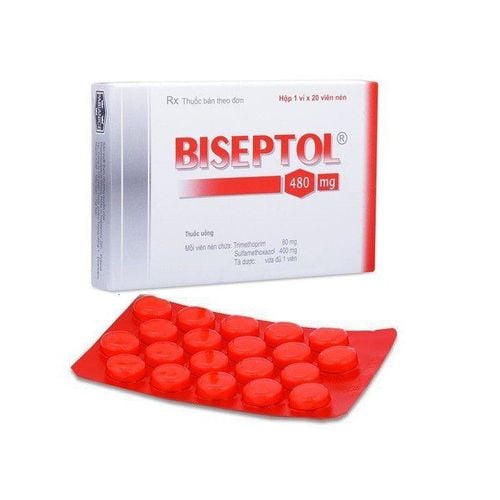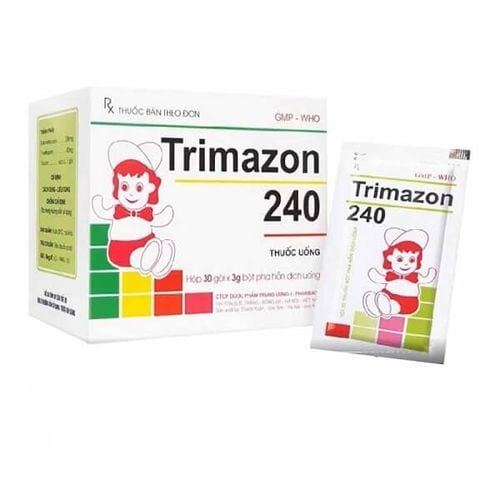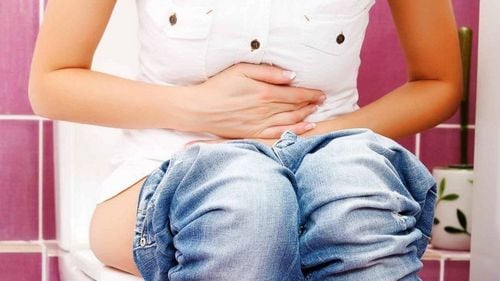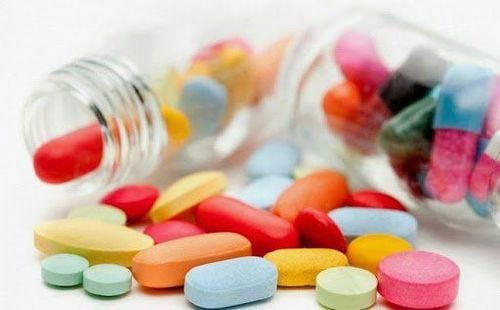This is an automatically translated article.
The article was professionally consulted with Doctor Tran Mai Phuong - Department of Pediatrics - Neonatology, Vinmec Central Park International General Hospital.Infectious diarrhea in children, if not treated promptly, can cause severe dehydration, systemic infection, and even death. Treatment of infectious diarrhea in children requires a combination of antibiotic therapy depending on the etiology, treatment of dehydration, and symptomatic treatment.
1. Infectious diarrhea in children
1.1 What is infectious diarrhea in children? Infectious diarrhea in children is a condition in which a child has diarrhea that is caused by bacteria. There are many risk factors that can cause infectious diarrhea in children such as:Factors from the child: The child's immune system is not yet mature while the passive antibodies transmitted from the mother gradually decrease as the child grows older. Along with that, the child's immune system declines when the child is malnourished or after contracting infectious diseases such as measles, mumps, chickenpox, etc., increasing the risk of diarrhea. Children love to explore around, so the risk of exposure to pathogens increases. Environmental factors: Contaminated food and drinking water of children, contaminated food processing equipment or hands. Adults improperly disposing of infected waste. Common diarrhea-causing bacteria are:
Enteric bacteria Escheriachia Coli (E.Coli) Shigella bacillus Shigella Campylobacter jejuni Salmonella Cholera Vibrio cholerae Bacteria that cause diarrhea after entering the digestive tract will produce release intestinal toxins. These toxins make the absorption of water and electrolytes in the small intestine disordered, a lot of water will enter the colon, unable to be reabsorbed, causing diarrhea.
Trắc nghiệm: Nhận biết sớm dấu hiệu chậm phát triển thể chất và trí tuệ ở trẻ
Nếu 6 tuổi không biết đếm số, 7 tuổi vẫn chưa phân biệt được giữa thực tế và tưởng tượng thì có thể bé chậm phát triển thể chất và trí tuệ hơn so với bạn bè cùng lứa. Bạn đã nhận biết được các dấu hiệu bất thường sớm này chưa? Cùng làm nhanh bài trắc nghiệm sau để trang bị thêm kiến thức cho mình nhé!
The following content is prepared under supervision of Thạc sĩ, Bác sĩ y khoa, Ma Văn Thấm , Nhi , Phòng khám Đa khoa Quốc tế Vinmec Dương Đông(Phú Quốc)
Cholera diarrhea: rapid onset of illness within 24 hours, severe and continuous diarrhea in children, often with vomiting, no fever, turbid stools like water Wash rice, no stomach cramps, no straining. Diarrhea caused by dysentery: children have high fever, diarrhea many times, bloody mucus in the stool, children straining, abdominal cramps intermittently. Diarrhea caused by staphylococci: children with nausea, vomiting, no fever, diarrhea many times with watery stools. Diarrhea caused by E.coli: Diarrhea caused by E.coli enterotoxins (ETEC): children do not have fever, have loose stools without blood and mucus, the disease usually goes away on its own. Diarrhea caused by E.coli intestinal diseases (EIEC, EPEC, EHEC): fever, tenesmus, abdominal cramps, loose stools that may be mixed with bloody mucus. Diarrhea caused by Salmonella: diarrhea, vomiting, high fever, abdominal pain.
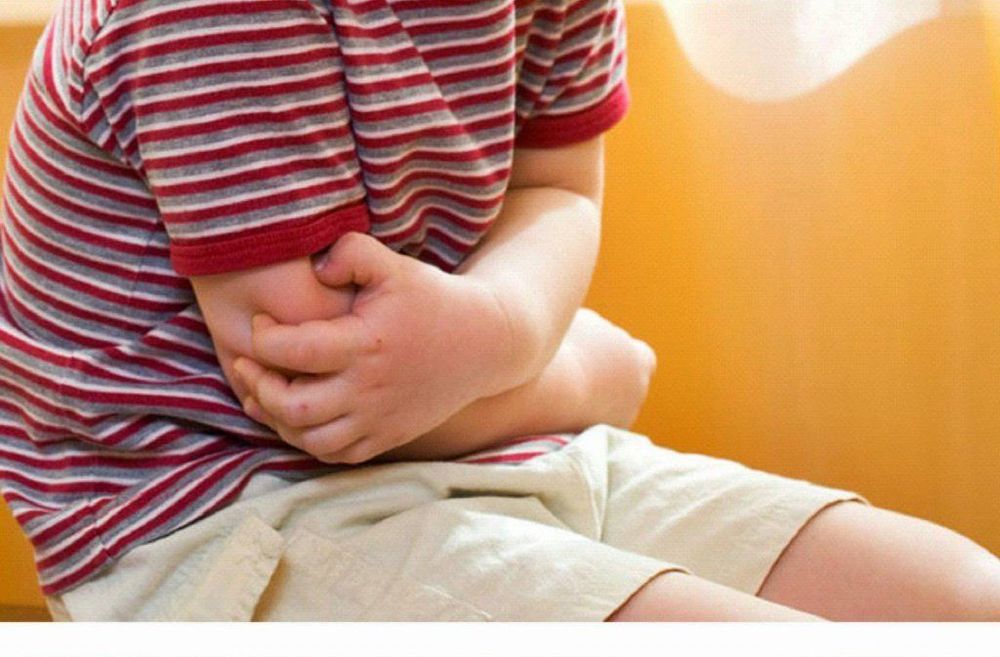
2. Treatment of infectious diarrhea in children
2.1 Principles of treatment Assess the degree of dehydration in children, depending on the degree of dehydration will choose an appropriate rehydration and electrolyte regimen. Based on clinical symptoms, predict bacterial pathogens and treat with appropriate antibiotics. After stool culture results are available, antibiotics can be adjusted if necessary. Symptomatic treatment. 2.2 Rehydration and electrolytes in children Dehydration and electrolytes are the most common complication of diarrhea and can be fatal in children. All children with diarrhea should be assessed for dehydration according to the following criteria:| Đánh giá | Phân loại |
|
Khi có 2 trong các tiêu chuẩn: -Khó đánh thức, li bì -Mắt trũng -Uống nước rất kém hoặc không uống được. -Sau khi véo da, nếp véo mất rất chậm |
Trẻ bị mất nước nặng |
|
Khi có 2 trong các tiêu chuẩn: -Kích thích, vật vã -Mắt trũng -Khát, uống nước háo hức -Sau khi véo dan, nếp véo da mất chậm |
Trẻ có mất nước |
| Không đủ dấu hiệu chứng tỏ trẻ có mất nước hoặc mất nước nặng | Trẻ không mất nước |
The most effective oral rehydration and electrolyte solution is Oresol solution (ORS). Mix the solution pack with the specified amount of water, absolutely do not mix less or more water because the osmotic pressure is not guaranteed, and it can even be dangerous. If the child has no signs of dehydration, in children under 2 years old give 50-100ml, children over 2 years old drink 100-200ml after each diarrhea and between diarrhea. If the child is already showing signs of dehydration, the amount of ORS solution to be given to the child within the first 4 hours is calculated by the formula:
Estimated amount of ORS (ml) needed = weight of the child (kg) x 75.
2.3 Antibiotic use in the treatment of infectious diarrhea in children of some common etiology Antibiotics are not routinely used in the treatment of common childhood diarrhea because they are ineffective and can be dangerous for children. Antibiotics should only be used when diarrhea has blood in the stools, if the child has severe dehydration due to cholera, or if the child has a parasitic infection. Some antibiotics are selected in the treatment of some common bacterial pathogens as follows:
Antibiotics to treat diarrhea caused by cholera
Give children effective antibiotics against cholera strains in epidemic areas epidemiology. The first dose of antibiotics should be given as soon as the patient stops vomiting, usually 4 to 6 hours after rehydration.
Commonly chosen antibiotics are:
Azithromycin dose of 6-20 mg/kg orally once a day, orally for 1 to 5 days. Alternative antibiotics are:
Erythromycin 40mg/kg body weight, oral for 3 days dysentery in endemic areas. Dosage is as follows:
Ciprofloxacin 15mg/kg/time, taken 2 times a day, lasting for 3 days.
Alternative antibiotics:
Pivecillinam: 20mg/kg/time, orally twice a day, for 5 days Ceftriaxone: 50-100mg/kg/time, intravenously or intramuscularly once a day, treat for 2 days -5 days. Some antibiotics are no longer effective in the treatment of bacillary dysentery recommended by the Ministry of Health:
Metronidazol Streptomycin Amoxicillin Tetracycline Chloramphenicol Nitrofuran Aminoglycoside Cephalosporin Generation I and II Nalidixic Acid (recommended by WHO) Antibiotics for diarrhea Diarrhea caused by Campylobacter:
The recommended antibiotic is Azithromycin, dose 6-20mg/kg/time, taken once a day, treatment for 1 to 5 days.

When children have diarrhea, zinc supplements should be given to children at a dose of 10mg/day in children under 6 months of age and 20mg/day in children older than 6 months for 10-14 days. Zinc helps strengthen the immune system, reduce the severity of diarrhea, improve appetite and growth of children.
Supplement with vitamin A after each episode of diarrhea to prevent vitamin A deficiency causing corneal damage.
Limit the use of anti-diarrheal drugs for children such as Kaolin, Smectic, Loperamide, Bismuth, ... because of unclear effects, many side effects, some drugs also cause prolonged diarrhea.
3. Prevention of infectious diarrhea in children
To prevent the risk of infectious diarrhea in children, it is necessary to:Enhance food hygiene and safety, let children eat cooked and drink boiling water. Choose a source of clean, hygienic water to use. Wash your hands often with soap and water: wash your hands thoroughly after using the toilet, after using the toilet, before preparing food for children and before serving children.
Please dial HOTLINE for more information or register for an appointment HERE. Download MyVinmec app to make appointments faster and to manage your bookings easily.





